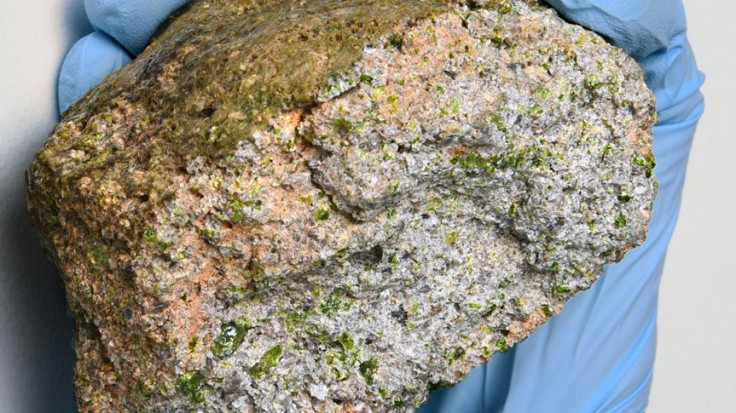New Study Reveals How Much Extraterrestrial Material Hits Earth Yearly

KEY POINTS
- Researchers estimated the number of space debris that hit Earth yearly
- The study involved looking for fallen meteorites in the Antarctic region
- About 40 million kilograms of space debris hit Earth every year
A new study carried out in the Antarctic provided a new estimate regarding the amount of cosmic debris and space rocks that hit Earth every year. According to the researchers, an average of about 40 million kilograms of extraterrestrial material hit the planet annually.
The new study was carried out by a team of researchers from the U.K. Their estimate and findings were detailed in a new paper published in the journal Geology.
For the study, the researchers headed to the Antarctic region to hunt for fallen meteorites. It served as an ideal place for the study since its white landscape makes the dark-colored space rocks easier to find.
By surveying the area for fallen extraterrestrial material, the researchers were able to create a computer model that estimated the volume of cosmic rocks hitting Earth on a yearly basis. According to the model, over 16,000 kilograms of extraterrestrial material hit Earth annually. This figure is for meteorites that weigh over 50 grams.
If the tiny dust grains are included in the tally, the new estimate will be 40 million kilograms of extraterrestrial material every year.
According to the researchers, the new model provides an accurate estimate of the number of materials that regularly fall on Earth. Although it indicates that the objects hitting Earth are very small, it also takes into account larger impactors.
“The vast, vast majority of objects to hit the Earth are really small,” Geoff Evatt, a mathematician from the University of Manchester and lead author of the study, told BBC. "We're talking about objects for which, when they strike the ground, the fragments sum together to over 50 grams. So, typically, 50 grams to 10 kilograms in total. Objects bigger than this are very, very infrequent.”
Evatt noted that the estimates from the model could be used to conduct a global assessment to provide comprehensive data regarding meteor activity on Earth. Aside from the model, scientists could also refer to the data collected satellites that monitor fireball events on Earth.
“Satellites monitor these explosions in the sky, working out the energy of the events and also the longitude and latitude of where they happen,” Evatt stated. “And from this, you can see how they vary across the globe with latitude, and very nicely the curve you get from these fireballs fits with what we independently modeled using purely an applied mathematical approach.”
© Copyright IBTimes 2024. All rights reserved.




















